
The Client Server model.
VoIP and IP use Client Server, yet you still need Peer to Peer. How do two Clients talk to each other as and when they need to.
Peer to Peer is often used to manage circuits which are wired between two known End points.
Here are some further thoughts.
The client has to ask the server
The Server cannot ask the client. Indeed, with NAT and DCHP, the server has no idea where the client is!
I have a diode model:
( client A ) --- |>| --- ( server C ) --- |<| --- ( Client B )
The diodes --- |>| --- allow one way transmission, unless biased by a forward current.
This is just a way of thinking.
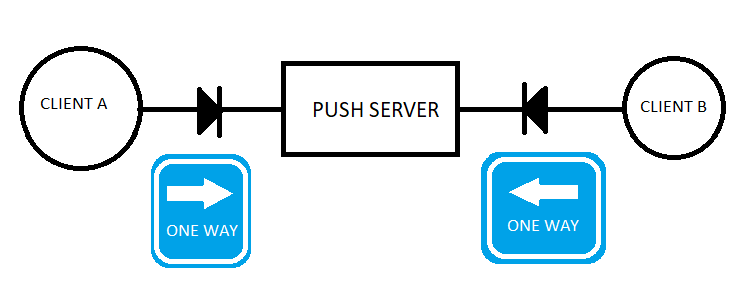
A Web browser connects to a web server. The user starts the browser and it does not exist before it is opened.
This is a "one way" action. The server cannot connect to a the browser as it has no idea it exists or where it is.
The browser then connects to the server.
Study the IP ports used. The server is typically Port 80 and the client has ports from the pool near 64K.
They are allocated as required. The Server cannot initiate a connection to a Port that has not been allocated.
A bit of string or bread crumb trail is laid down for a return path.
This is like biasing the diode to conduct and then adding a small AC signal can be used to send and receive.
On top of TCP/IP you need a protocol layer to send messages.
We see solutions where a call is established, and User Data is used to carry a peer to peer protocol.
The call is setup on login and held open until logout.
If TCP/IP is used a protocol, is needed on top of TCP/IP to provide a peer to peer capability.
An old fashioned Analogue Phone uses this model. It goes off hook and a current flows. The current is used to power a carbon microphone. The audio modulated the current.
A Wheatstone bridge is used to reduce side tone. I call this impedance modulation.
The TX and RX signals are separated using a balance impedance.
This is a Client Server model, as the Caller has to pick up the phone to start the current which was used to power the carbon microphone.
The Phone has a bell which is rung by an AC signal applied by the exchange. This circuit is in parallel , so is a diode in parallel, but in the opposite directon.
I could argue this is a client server model using a directed graph.
Bell --- |<| --- exchange.
( A ) wants to ring ( B )
( A ) knows where ( B ) is by its phone number.
The phone network is wired, so ( A ) does not know where ( B ) is by terminal block.
There are a large number of mappings hard wired by the phone company done over a number of months.
( A ) -> ( B )
step by step:
( A ) -> local phone line -> exchange -> Phone number -> dial plan -> line -> street cabinet -> House -> Room -> ( B )
A connection is required to set up NAT translations in the NAT table.
DHCP prevents a known IP address to connect to, so a "One Way" system.
The connection allows Peer to Peer if flush() is used to flush buffers.

C7 ISUP and MTP use small message packets that can be sent. The protocols need protective timers to retransmit messages until a response is received.
The protocols need a response to inform destination is blocked or busy or unavailable.
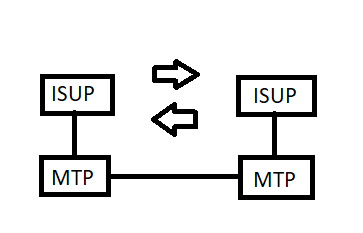
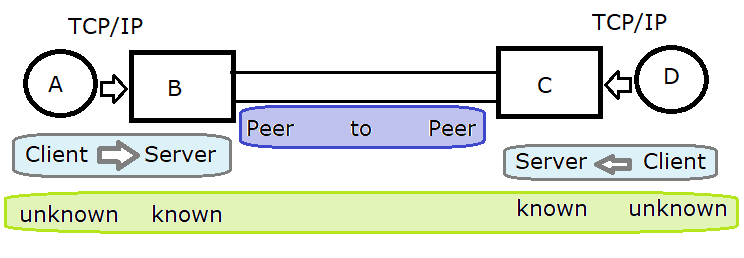
| endpoint | endpoint | endpoint | endpoint |
| unknown | known | known | unknown |
"Unknown" to "Known" must be Client Server
Peer to Peer need known to known
IP addresses can be "Known" but DHCP and NAT make them "Unknown"
Published URL are known
A peer and send a message to a peer.
A client can send a message to a server.
A server cannot send the first message to the client as it does not know where the client is.
When you consider how long it takes to get an IP packet from A to D, what can be achieved is important.
Secure TCP/IP takes many ping pong messages to set up.
DNS look ups take time.
Mobile data can take time to locate the Mobile device.
Smart bulbs are available that can be controlled from smart phone App.
The smartphone app may be connected using Mobile data, which is not part of the local WiFi Subnet.
It is possible to control them outside the building.
How do you set up the Smart Bulbs.
The instructions seem to hide this.
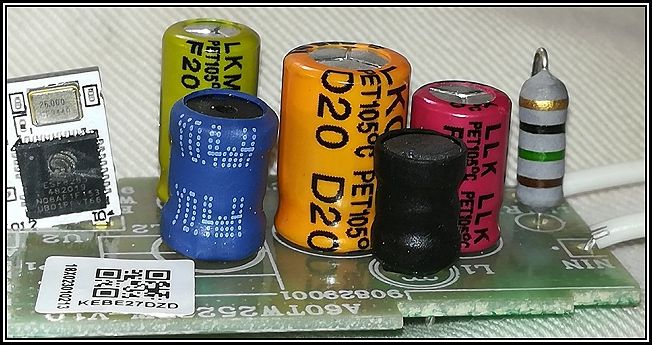
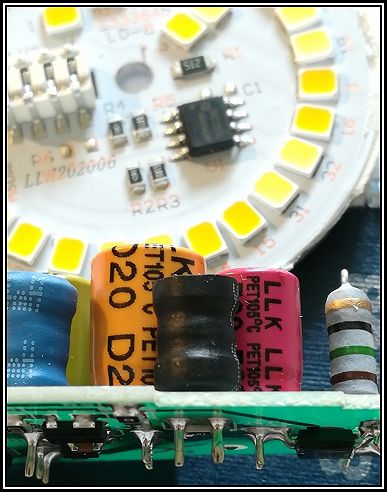
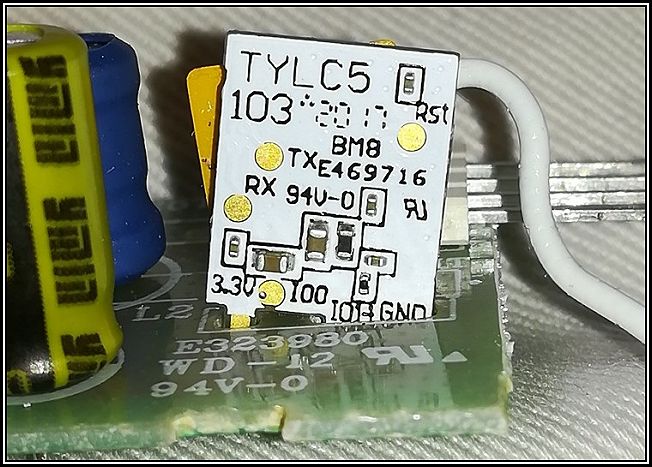
peer to peer between known end points so either end can talk next.
Client server is used to set up "known" endpoints and connections may be required to keep these working.
Spoofing is a problem so certificates will be required.